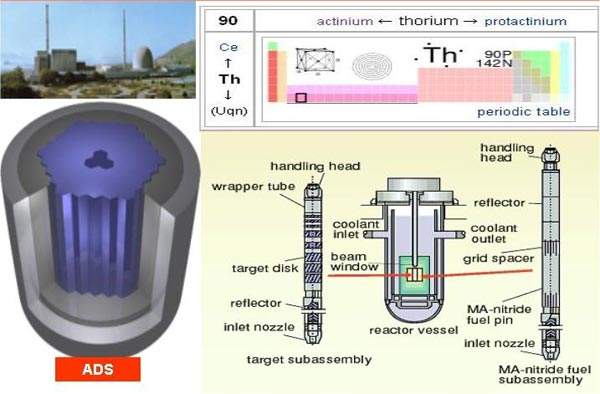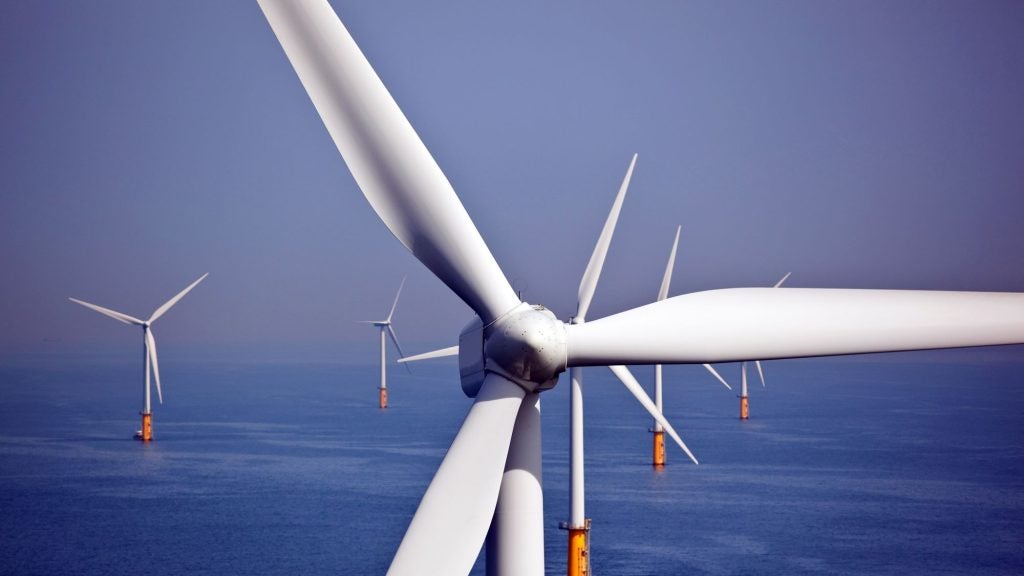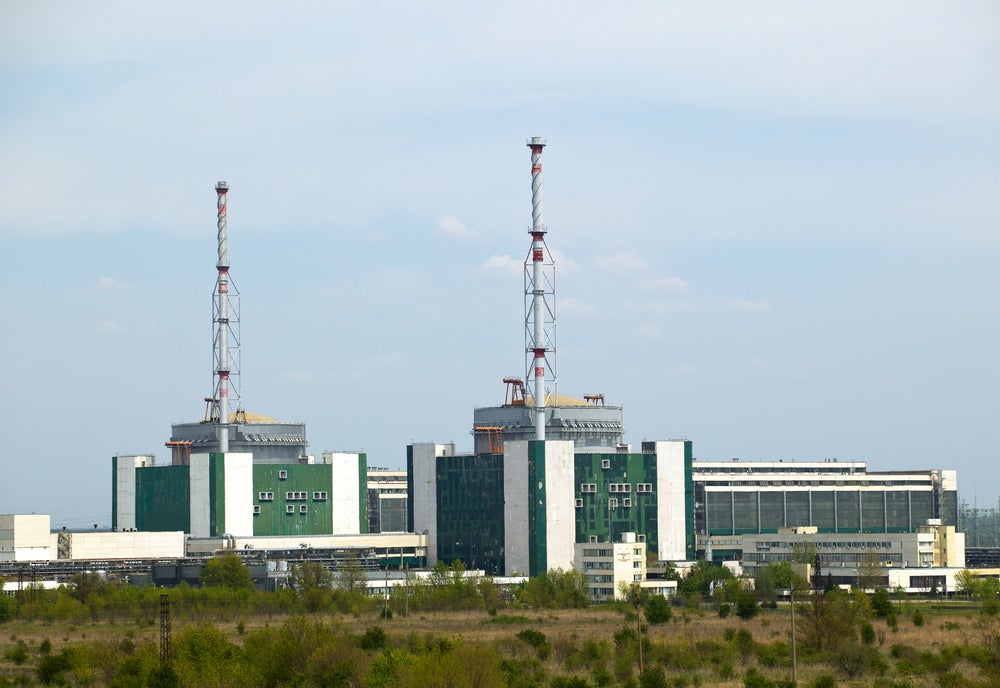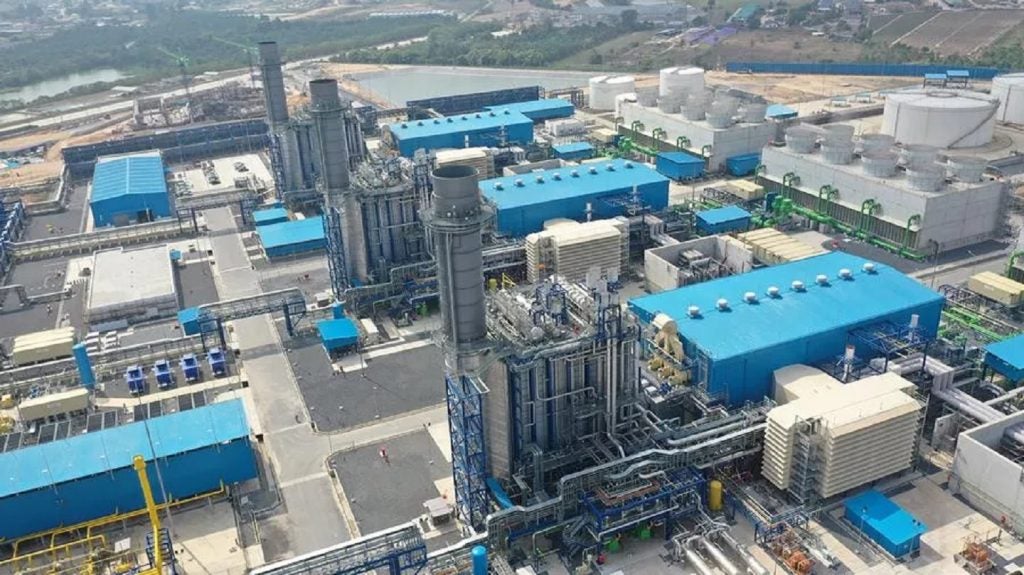
Decades ago, many countries abandoned the idea of using thorium as a replacement for uranium. But long-term proponents have always believed the thorium fuel cycle could make nuclear energy as safe and sustainable as possible.
But now there are new concerns pushing the thorium debate that revolve around secure uranium supplies and nuclear proliferation – these are encouraging research and development around the world. And then there are nations like India, which has said it aims to base its future nuclear industry on the fuel source.
The attraction for the likes of India are the several major advantages that thorium can claim over uranium. Thorium is seen by some as the nuclear fuel of the future. For a start, there is much more thorium than uranium in the Earth’s crust, and all the thorium mined can be used in a reactor (compared to below 1% of natural uranium). Thorium fuel cycles also produce much less plutonium and other radioactive transuranic elements than uranium fuel cycles.
Uranium-based reactors can be retrofitted, bringing three major benefits – improving security, allaying environmental concerns and improving economics. The fuel cycle can also be proliferation resistant, stopping a reactor from producing nuclear weapons-usable plutonium. And with the spent fuel having significantly reduced volume, weight and long-term radio-toxicity, safety margins are increased and operating costs reduced.
FINDING THORIUM
Australia and India have the largest thorium reserves, and substantial deposits have been found in Norway, the US, Canada, South Africa and Brazil. For 30 years thorium-based fuel cycles have been researched in numerous countries including Germany, India, Japan, Russia, the UK and the US.
Pure thorium is a silvery-white metal that, when exposed to air, forms thorium oxide or thoria (ThO2) which has the highest melting point of any known oxide. It has found various uses including light bulbs, welding electrodes, heat-resistant ceramics and high-refractive-index glass for high-quality optical lenses.
How well do you really know your competitors?
Access the most comprehensive Company Profiles on the market, powered by GlobalData. Save hours of research. Gain competitive edge.

Thank you!
Your download email will arrive shortly
Not ready to buy yet? Download a free sample
We are confident about the unique quality of our Company Profiles. However, we want you to make the most beneficial decision for your business, so we offer a free sample that you can download by submitting the below form
By GlobalDataThorium (atomic number 90) occurs naturally, with soil often containing above ten parts per million, and it is about three times more abundant than uranium. It is found in several minerals, most commonly the rare earth-thorium-phosphate mineral monazite.
Although nearly 30 isotopes have been isolated (from thorium-210 to thorium-236) thorium has only one naturally occurring isotope: thorium-232. This decays very slowly, with a half life of millions of years. It is therefore much safer than uranium or plutonium.
RETROFITTING URANIUM REACTORS WITH THORIUM
In the US, companies such as Thorium Power, which has done intensive research and work on thorium-based nuclear designs, have already proved they can retrofit for thorium. Thorium Power says thorium-based nuclear fuels can be used in LWRs and other reactors without significant change to the reactor design.
Thorium Power uses a seed-and-blanket fuel assembly. The central region or ‘seed’ containing plutonium provides the neutrons needed to kick-start the thorium-uranium fuel rods surrounding it in the outer region or ‘blanket’.
The design is being tested in a live research reactor in Moscow which is expected to lead on to a full-size commercial reactor.
The blanket uses fuel rods that have a basic design similar to that of conventional fuel rods used in current-day commercial LWRs (light water reactors). The main difference is the material held in the pellets: thorium-uranium oxide instead of uranium oxide.
PWRs (pressurised water reactors) – a form of LWR – are the most popular reactor design. A major potential application for conventional PWRs is the light water breeder reactor. This uses a blanket of mainly thorium fuel rods surrounding a more-enriched seed element with U-235. The seed element supplies neutrons to the subcritical blanket. U-233 is produced in the blanket, where it also is burned.
But in principle, thorium can be used in all the major reactor types including light water and pressurised water reactors, heavy water reactors (HWRs), fast breeder reactors (FBRs), boiling water reactors (BWRs) and high-temperature and high-temperature gas-cooled reactors (HTRs and HTGRs) and even advanced-breeder molten salt reactors.
ADS – ELIMINATING URANIUM AND PLUTONIUM?
For new builds, a promising alternative to the seed-and-blanket approach eliminates the need for uranium and plutonium altogether. The accelerator driven system (ADS) can use thorium as the primary fuel. To get the thorium cycle going it uses a particle accelerator to fire protons at a lead target. The lead then releases neutrons that hit nuclei in the thorium fuel, starting the fuel cycle.
In the ADS, the protons cause the fertile (not fissile) fuel to fission. So, the fuel cannot sustain a nuclear reaction without the proton accelerator, and there is no radioactivity when the reactor is switched off.
The thorium core is held in a deep lead column in a high-melting point metal container. The particle accelerator fires a continuous proton beam down into the thorium core, which heats the surrounding lead and melts it with the heat-generating steam to drive a turbine.
INDIA LEADS THE WAY
In the last ten years, India’s fast economic growth has doubled its electricity consumption – nuclear power supplies less than 5% of this, largely because the country’s uranium reserves are small. India does, however, have large thorium reserves – about six times more than uranium. The country has therefore made thorium a major goal in its nuclear power programme.
India’s Kakrapar-1 was the first reactor in the world to use thorium rather than depleted uranium to achieve power flattening across the reactor core. Both Kakrapar-1 and -2 units are loaded with 500kg of thorium fuel to improve their operation at start-up.
In 1995, Kakrapar-1 achieved about 300 days of full power operation and Kakrapar-2 about 100 days using thorium fuel. A 30kW mini-reactor has successfully operated at India’s Kamini reactor at Kalpakkam. And the use of thorium-based fuel is planned in Kaiga-1 and -2 and Rajasthan-3 and -4 (Rawatbhata) reactors.
India has a three-stage plan for nuclear energy. Stage one uses uranium-fuelled PHWRs (pressurised heavy water reactors) and LWRs to produce plutonium. In stage two this plutonium-based fuel is used in FBRs to breed U-233, and more plutonium and thorium. Stage three uses advanced heavy water reactors to burn the U-233 and Pu-239 with thorium. The thorium will produce around 75% of the power, with the spent fuel being reprocessed to recycle fissile materials.
India views ADS as a definite contender for power in the near term and for incinerating long-lived radioactive waste from the uranium fuel cycle. It has been studying all aspects of the ADS subsystems and work is continuing on improvements to beam current from the driver accelerator and improve thermal hydraulics and materials compatibility.
THORIUM – REACHING AROUND THE WORLD
After India, the main countries driving thorium research are America and Russia with recent interest from Norway and Poland. Experiments involving thorium fuel have also been performed at a number of sites including Julich (Germany), Winfrith (UK), Peach Bottom (USA) and Kamini (India).
Russia has a long running thorium-uranium fuel project based at Moscow’s Kurchatov Institute. Thorium Power is involved in this, along with the US government which is providing funding. The program should produce fuel for Russian VVER-1000 reactors instead of the standard enriched uranium oxide.
A demountable centre portion has the plutonium, and the blanket arrangement surrounding it has the thorium / uranium. Taken together, the seed and blanket are the same size as a normal VVER-1000 fuel assembly. The central seed fuel rods are based on extensive experience of Russian navy reactor design and are burned for three years (as normal for VVERs). The blanket material stays in the reactor for nine years. The process produces about half the spent fuel of MOX (mixed oxide) fuel plants
and contains less fissile plutonium.
Thorium Power says it hopes for early thorium deployment in full-sized commercial reactors, the last major technical milestone before there is commercial deployment into power plants more widely. Existing reactors will need only small modifications to burn the fuel, and the fuel itself can be made in existing plants in Russia.
Recent emphasis on the project has moved to using weapons-grade plutonium in a thorium-plutonium fuel. This is an attractive possibility, allowing thorium reactors to accept highly enriched plutonium and uranium from decommissioned nuclear weapons to prevent it falling into the wrong hands.
There are enough stockpiled weapons to last for more than ten years with no other uranium mining.
Military plutonium can blended with uranium oxide to form MOX fuel but thorium seems a safer alternative.
WHEN WILL THORIUM MAKE AN IMPRESSION?
Despite all of the positives, thorium does have its drawbacks. Thorium mining produces waste products like mill tailings which can escape into the environment and as with uranium, thorium mining produces radioactive mining residues containing natural long-lived natural decay products.
Monazites (rare earth phosphate materials) also contain varying amounts of uranium and there is a potential long term radiological impact. Studies suggest, though, that the risks are over an order of magnitude lower than for uranium.
Besides being relatively costly to produce, the thorium can be difficult to reprocess. The highly-radioactive U-233 has higher alpha activity than U-235 which makes it more dangerous, and separating it on its own still allows some weapons proliferation risk. U-233 can also be contaminated with U-232 traces, decaying to gamma emitters with very short half lives.
Thorium itself can be difficult to recycle because it is contaminated by highly radioactive Th-228 and despite the lower overall radioactivity, the waste from thorium plants will still take several hundred years to decay to safe levels.
THE FUTURE FOR THORIUM
So thorium still needs work before it is ready for commercialisation. And there is a risk that thorium may not be taken up by the broader industry at all. Industry observers believe that even India may not carry on with thorium reactors if it can obtain reliable uranium supplies. Uranium is still relatively cheap, although the supply market is tightening – particularly with the massive nuclear programs underway in, for example, Asian countries.
Despite the fact that there is much more thorium available than there is uranium, uranium is not likely to run out, yet. Although there is only another 50 years for the relatively rich uranium ores, less-concentrated sources will then be attacked at the expense of higher extraction costs.
Granite and other rocks also hold uranium – it is even present in coal in trace amounts (the uranium is normally released into the atmosphere, although in theory fissioning even the trace amounts that are burned off could produce more energy than burning the coal itself). But these new sources may not even be needed as some fast reactors also breed more uranium-238 than they consume.
Thorium could be a major step towards making nuclear power cleaner, safer and more secure.
If ADS ever becomes viable, the technology could be used to burn off radioactive uranium and plutonium wastes, reducing them to isotopic elements that are easier to handle. But economic reasons alone will not lead to thorium adoption – in a lot of cases it will take the placement of a legal requirement by governments to for power companies to make this shift.
Given the new rising fear factor in regards to terrorism though, thorium adoption could meet other political needs by allowing uranium mining and plutonium production to be outlawed altogether. Without that, though, in the near future thorium’s contribution to the world’s power will be limited.







